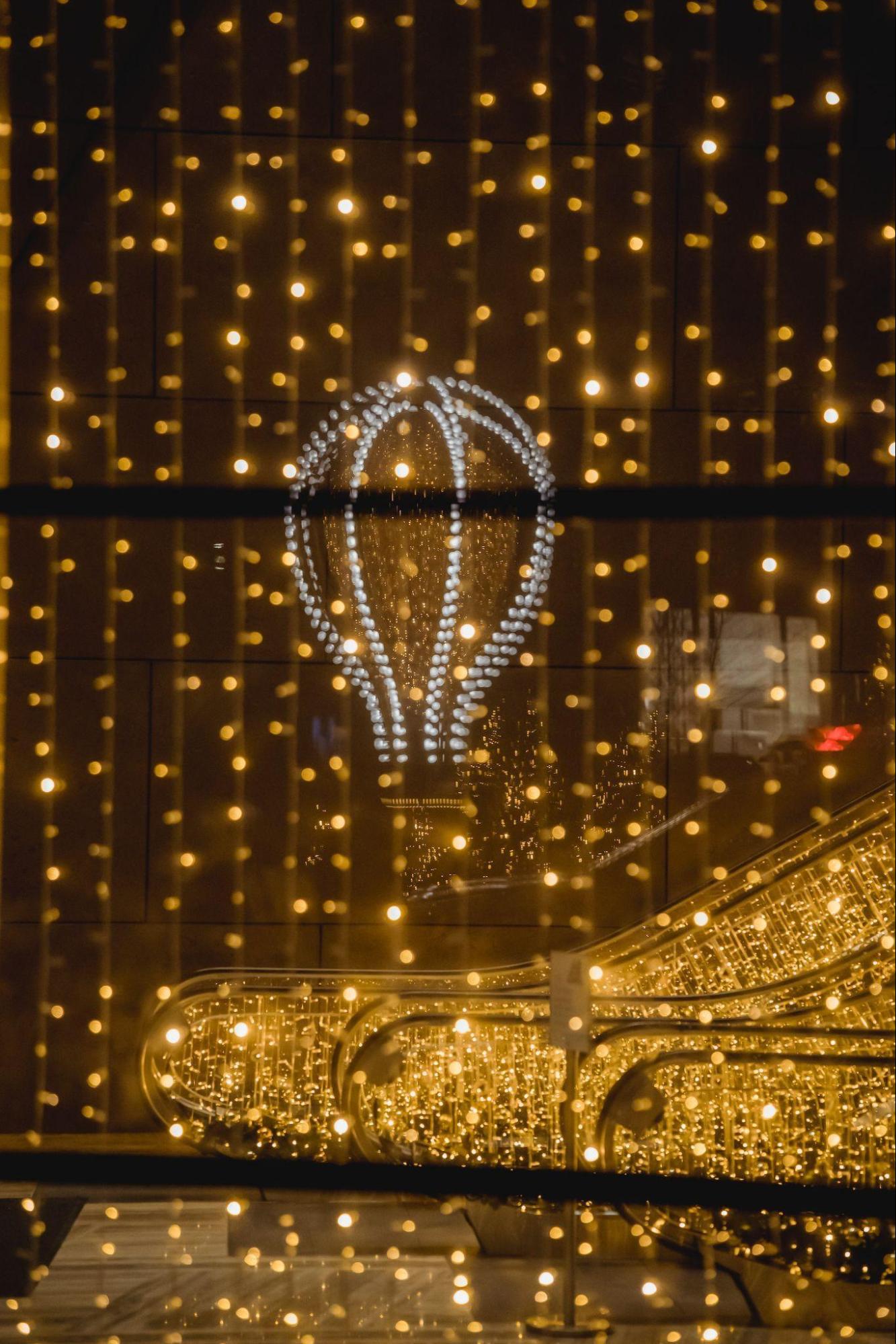Myths about Full Artificial Christmas Trees
Christmas is just around the corner, and it’s a time when people adorn their houses with Christmas trees. The debate over whether natural or artificial Christmas trees are better for the environment has been ongoing for years. Many believe full artificial Christmas trees are worse for the environment than wild trees. Unfortunately, this notion is perpetuated by a few recurrent myths not based on facts. Let’s take a closer look at these myths.
Myth #1: Full Artificial Christmas Trees are Made from Non-Sustainable Materials
One of the most common misconceptions about full artificial Christmas trees is that they are made from non-sustainable materials. Modern Christmas trees are made using PVC and steel, which can be reused indefinitely. Unlike natural trees cut down from forests, full artificial Christmas trees can be reused for many years.
Myth #2: Manufacturing Full Artificial Christmas Trees Releases Harmful Chemicals into the Environment
Another misconception is that producing entirely artificial Christmas trees releases harmful environmental chemicals. However, studies show these trees have no significant impact on air or water quality. In addition, strict federal standards regulate the manufacturing process that produces PVC for artificial trees to minimize environmental pollution. Furthermore, artificial trees contain none of the allergens that can be found in natural trees, making them a healthy choice for allergy sufferers.
The Environmental Benefits of Full Artificial Christmas Trees
Now that we have debunked the myths about full artificial Christmas trees let’s explore their environmental benefits.
Sustainability
Full artificial Christmas trees significantly impact the environment as they can be used year after year, reducing the demand for natural trees harvested from forests. By using an artificial tree that is recyclable, you are helping to reduce the amount of waste that goes to landfills. Additionally, you don’t have to worry about the carbon footprint of shipping natural trees across the country.
Water Conservation
Natural trees require water to grow, and many communities face water shortages. On the other hand, artificial trees need no water, which helps conserve this precious resource.
Air Quality
Natural Christmas trees release volatile organic compounds (VOCs), which can be problematic for individuals with respiratory issues. However, artificial Christmas trees have no such impact, making them a healthier alternative.
Practicality
Artificial Christmas trees don’t require pesticides, fertilizers, or other harmful chemicals, making them safer for the environment. They also save effort and time as they don’t require daily watering, pruning, or cleaning up of fallen needles.
Cost-Effective
In the long run, purchasing a full artificial Christmas tree can save you money. After the first few years, you will have covered the cost of the tree itself, and you won’t have to purchase a new tree every year.
Conclusion
In conclusion, full artificial Christmas trees are a sustainable and responsible choice for your home. Not only do they reduce the demand for natural trees, but they also conserve water, improve air quality, and are practical and cost-effective. The notion that they harm the environment is deeply rooted in myths, not based on scientific evidence. Choosing a full artificial Christmas tree can add to the festive cheer while doing your part for the environment.

